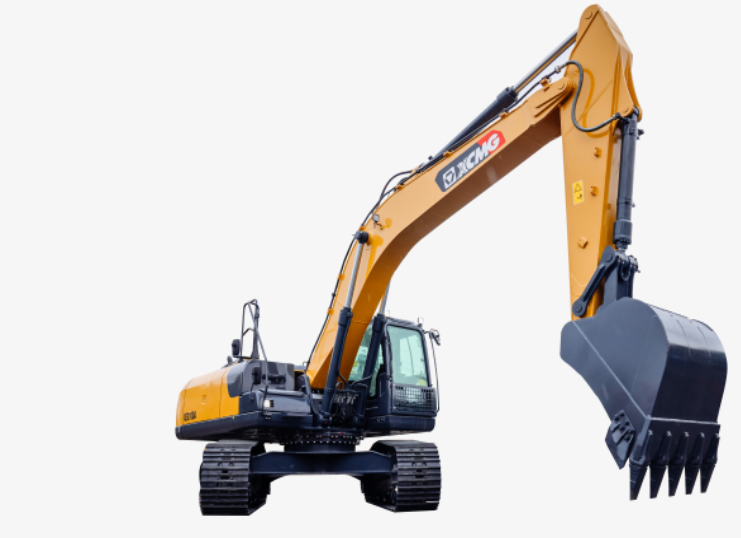As one of the favored equipment in the construction machinery industry, excavators are widely used in mining, water conservancy, urban construction and other occasions. Users in the industry know that excavators are used in different situations.
Different tooling accessories will be selected for occasional operations. Common accessories such as buckets, breakers, splitters, hydraulic molybdenum, etc., only by choosing the right accessories, can we obtain high-speed and effective working capabilities for various situations. But maybe you don’t know that for various working conditions, there are more than ten types of excavator control buckets, each of which has its own specialties. The following editor will show you eight common types. digging buckets, owning them will make your equipment even more powerful!
1. Tilt bucket
With all the characteristics of the mud bucket, the tilting bucket can also control the rotation of the bucket through the action of the oil cylinder. The tilting angle is 45 degrees, and the operation can be performed without changing the position of the excavator.
Accurate work that cannot be done by ordinary buckets. It is suitable for dry brushing of slopes, leveling and flat resting, and dredging of rivers and ditches. It is not suitable for heavy work rings such as dry hard ten, hard stone ten excavation and so on.
territory.
2. Standard bucket
Standard bucket is a common standard bucket in small and medium-sized excavators. It adopts standard plate thickness and has no obvious reinforcement process on the bucket body. The characteristics are: large bucket capacity, large bucket mouth area, and large stacking surface, so it has a high filling coefficient, high work efficiency and low production cost. It is suitable for excavation of general clay and lighter work such as sand, soil and gravel.
Industrial environment, also known as Shifangdou, the disadvantage is: due to the small thickness of the plate, the lack of reinforced plates, anti-wear plates and other strengthening processes, the service life is short
3. Strengthen the bucket
The rock bucket is made of thickened plates as a whole, with reinforcement plates at the bottom, side shields, protective plates installed, and high-strength bucket tooth seats, suitable for loading stones, sub-hard stones, weathered stones, hard stones, blasted ore, etc. heavy work environment. It is widely used in harsh working conditions such as ore mining.
4. Mud Bucket
The excavator mud bucket has become a dredging bucket. It has no bucket teeth and has a large width. If the mud bucket is very dry, it requires surface trimming of slopes with large capacity, and dredging work of river channels and ditches.
5. Shell Bucket
The working principle of the shell bucket is that through the expansion and contraction of the oil cylinder, the shell body is driven to open and merge to grab the material, so as to complete the operation. It is suitable for foundation pit excavation, deep pit excavation and unloading and loading of loose materials such as coal sand in construction bases, especially for excavation or loading operations in some restricted spaces. The disadvantage is that the digging force is weak, it is not suitable for some hard ground, and it can only grab loose materials.
6. Trapezoidal bucket
Excavator trapezoidal buckets are available in various sizes, widths and shapes, such as triangular or trapezoidal. It is suitable for water conservancy, highway, agriculture and pipeline ditching and other operations. The characteristic is that it can be formed at one time, and the work efficiency is very high.
7. Scarifier
The excavator loosening bucket is to install high-strength loosening teeth on the bucket to achieve greater digging strength, and the loosening excavation is completed at one time. It is suitable for the crushing, excavation and loading of hard soil, sub-hard stone and weathered stone. The disadvantage is that the bucket capacity is small.
8. Four in one bucket
The four-in-one bucket can realize the functions of loading, scraping, clamping and other functions during the working process, and has all the functions of the bucket, such as mud bucket, rotating bucket, ten square bucket, etc., and the hydraulic cylinder can be used without tipping Automatic unloading is convenient and quick, but the disadvantage is that it is not suitable for heavy working environments such as trenching and grooving, and it is more technical.
Post time: Jul-22-2022


